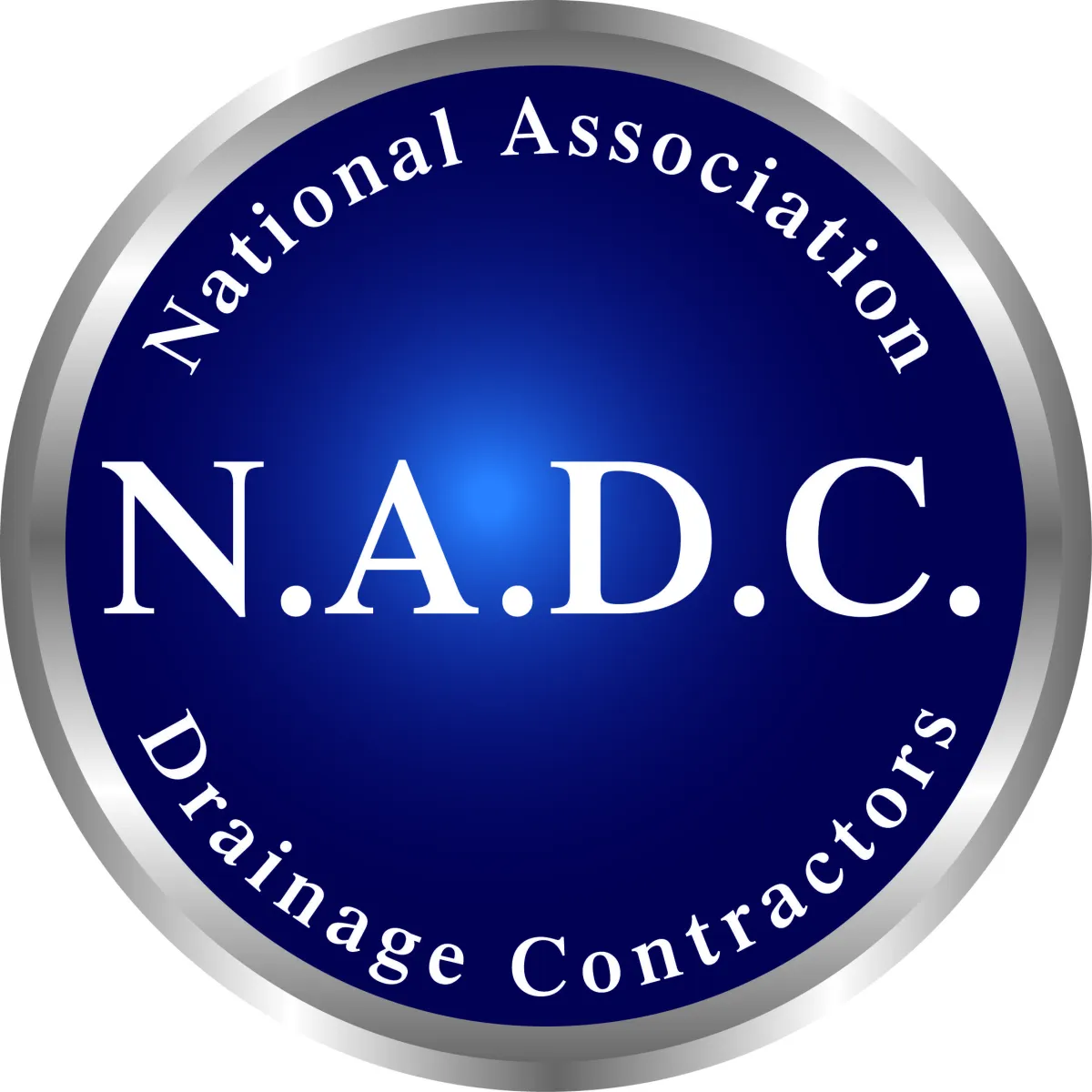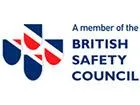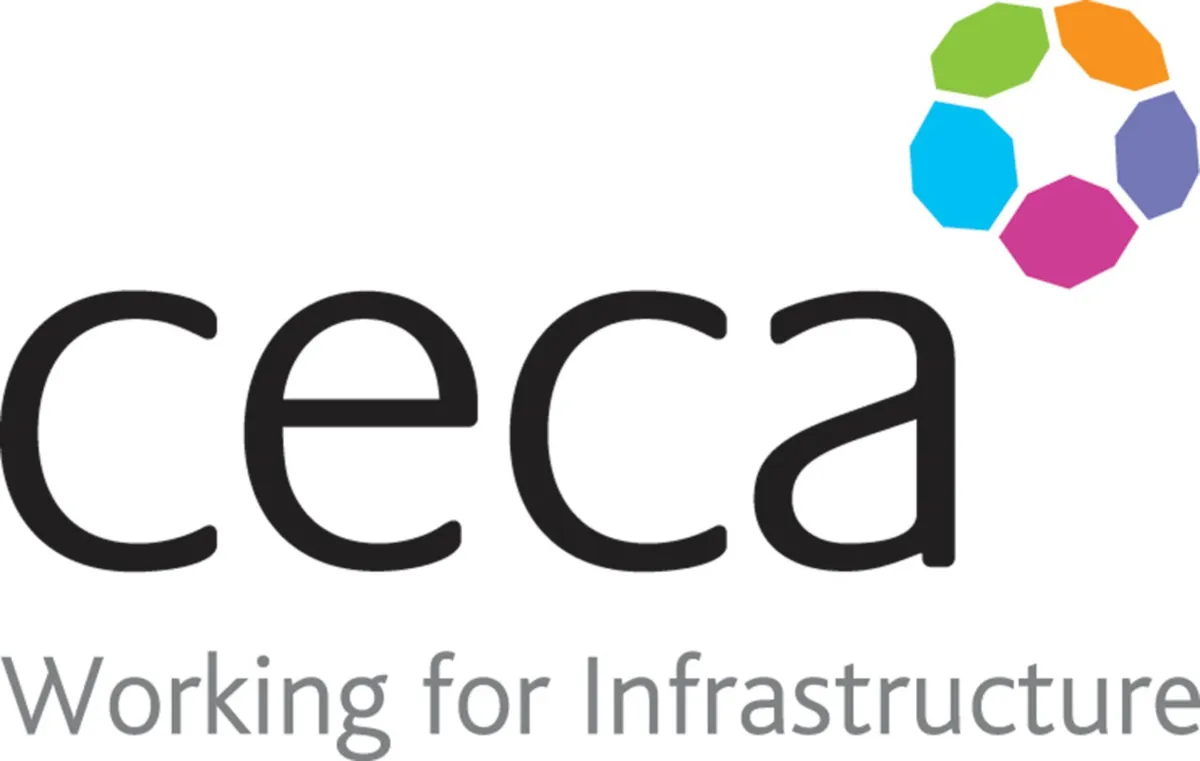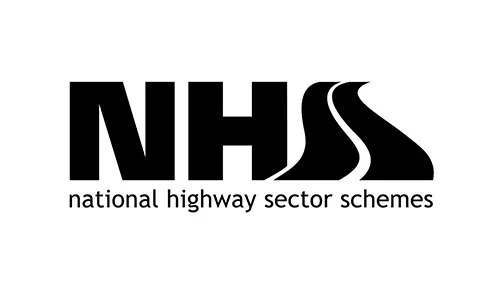Specialists in Section 278 Works—Helping You Navigate Highway Agreements with Ease
We manage the entire Section 278 process—from planning approval to construction—ensuring full compliance and minimal disruption
Specialists in Section 278 Works—Helping You Navigate Highway Agreements with Ease
We manage the entire Section 278 process—from planning approval to construction—ensuring full compliance and minimal disruption.
Trusted by Developers, Housebuilders & Local Authorities Across the UK
Residential & Commercial Developments
Retail & Industrial Sites
Schools & Public Sector Projects
















What Are Section 278 Works?
Section 278 of the Highways Act 1980 allows developers to carry out works on public highways as part of a planning permission condition. We take care of all technical approvals, legal agreements, and on-site works to ensure full compliance with your local highways authority.
Comprehensive Section 278 Services
Highway Design & Planning
Including swept path analysis and detailed drawings
Technical Approvals
We liaise with your local highways department
Legal Agreements
We guide you through the Section 278 process
On-Site Construction
Road widening, new junctions, pedestrian crossings & more
Inspections & Sign-Offs
We ensure works meet adoption standards
How We Make Section 278 Simple
Free Consultation
Tell us about your project
Design & Submissions
We prepare and submit all required documents
Legal & Approvals
We manage all communication with the council
Works Begin
Our trusted contractors complete the job
Adoption & Completion
We oversee final inspections and approvals
What Developers Say About Us

Section278Works.co.uk took care of everything. We didn’t have to chase the council once.

Martin
Site Manager

They know the process inside out. Saved us months of back and forth.

Emily R.
Developer
Why Work With Section278Works.co.uk?

Experts in Highways Law & Planning Conditions
Full Service – Design, Legal, Construction & Sign-Off
Fast Approvals – We know what your council wants
Transparent Pricing – Clear costs from the start
Nationwide Coverage

Get Expert Help With Your Section 278 Works
Complete the form below and we’ll get back to you within 1 working day.
Your details are safe with us. No spam—just expert help.
Frequently Asked Questions
What is a Section 278 Agreement?
A Section 278 Agreement is a legal agreement under the Highways Act 1980 that allows developers to carry out works on public highways. These works are often a condition of planning permission and must be approved by the local highway authority.
When do I need a Section 278 Agreement for my development?
You’ll need a Section 278 Agreement if your development requires changes or improvements to the existing public highway—such as new access roads, junction alterations, crossings, or road widening.
What types of works are covered under a Section 278 Agreement?
Typical works include:
- New vehicle or pedestrian access points
- Road widening or narrowing
- Traffic signal installations
- Roundabouts, junctions, and turning lanes
- Footpaths, cycleways, and pedestrian crossings
- Street lighting and drainage improvements
What is the process for getting a Section 278 Agreement approved?
The process typically includes:
1. Initial design and submission to the local authority
2. Technical approval of drawings
3. Agreement of legal terms and construction bond
4. Signing of the formal Section 278 Agreement
5. Commencement of works under supervision of the local authority
How long does it take to get a Section 278 Agreement in place?
Timelines vary by local authority, but it typically takes 8–16 weeks from submission of drawings to final agreement. Delays can occur if designs need amending or legal negotiations take longer.
What costs are involved in Section 278 works?
Costs can include:
- Design and consultancy fees
- Local authority fees (technical review and legal costs)
- Construction costs
- Inspection and supervision charges
- Construction bond or security deposit
We provide transparent quotes and a full breakdown of all expected costs.
Do I need to provide a bond or cash deposit?
Yes. Most local authorities require a performance bond or cash deposit (typically 100–120% of the works value) to ensure the highway works will be completed to standard. This is usually returned or released once the works are signed off.
Can I start the highway works before the agreement is signed?
No. You must not commence any works on the public highway until the Section 278 Agreement is signed and in place. Starting early may result in legal penalties and complications with planning compliance.
Who is responsible for the construction under a Section 278 Agreement?
The developer is responsible for appointing a qualified contractor to carry out the works, subject to approval by the highway authority. We can help manage or recommend approved contractors with relevant experience.
What happens once the highway works are completed?
Once completed, the highway authority will inspect the works and issue a certificate of completion if they meet required standards. A maintenance period (often 12 months) may follow before final adoption.
Will the council adopt the highway after completion?
Yes—if the works are completed to the council’s satisfaction and maintained during the required period, the affected highway area will typically be adopted into the public highway network.
What’s the difference between Section 278 and Section 38?
- Section 278 covers improvements to existing public highways (e.g., adding an access road to an existing road).
- Section 38 applies to new roads within a development that a developer wants the council to adopt in future.
Many developments involve both agreements.
Can Section 278 works include traffic signals or new access roads?
Yes. Section 278 works can include a wide range of improvements—such as signalised junctions, mini roundabouts, right-turn lanes, footpaths, bus stops, and more. These are subject to highway authority approval and safety audits.
What if the works are delayed or not completed properly?
If works are not completed to the required standard or within agreed timelines, the council can use the performance bond to appoint another contractor and complete the works. This is why it's critical to use experienced contractors and comply with inspection schedules.
Let’s Get Your Section 278
Agreement Moving
From technical drawings to final sign-off, we handle it all

Helping You Navigate Highway Agreements with Ease
Quick Links
About Us
Services
Contact Us
Social Media Links

Part of R W Services Contractors Ltd

